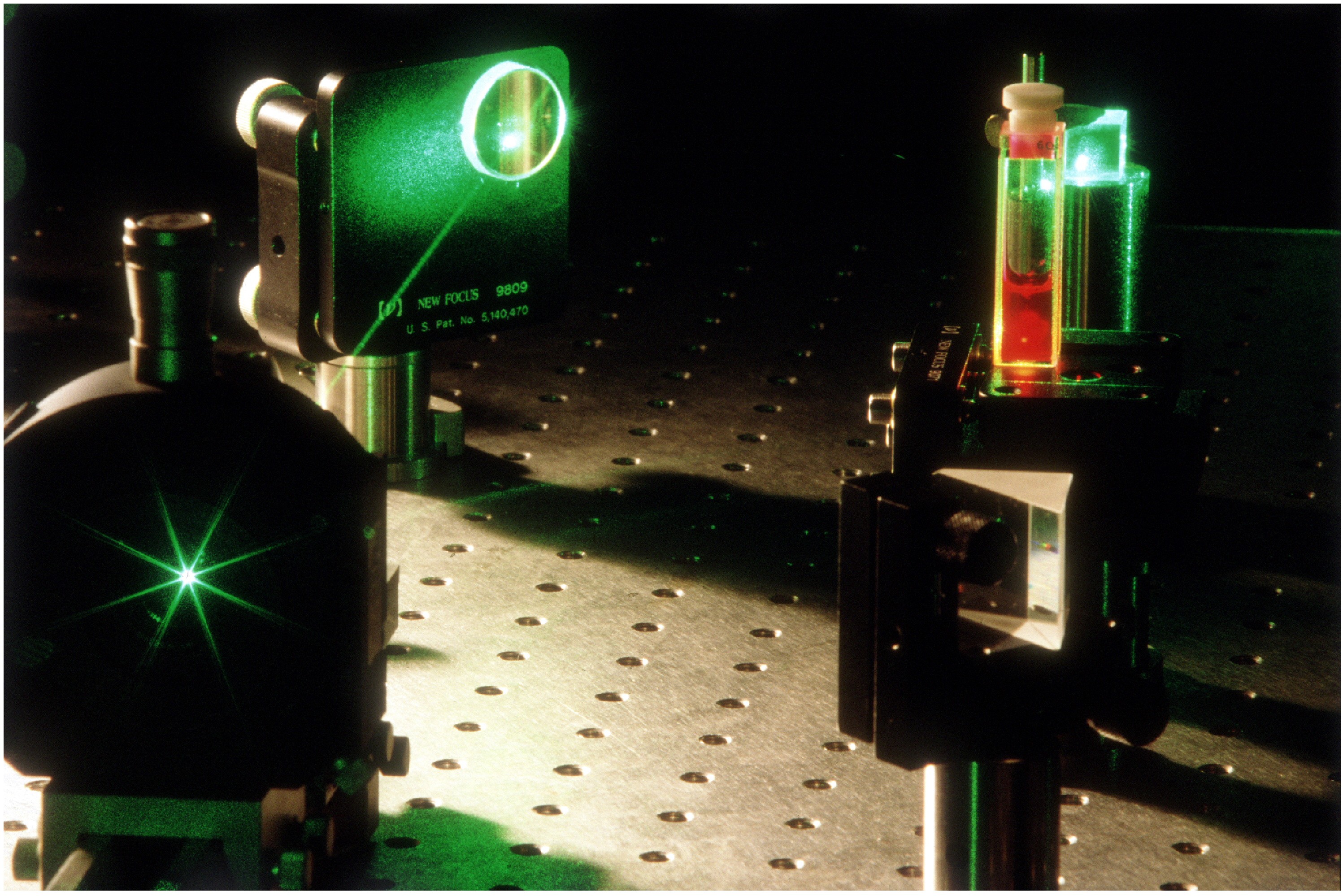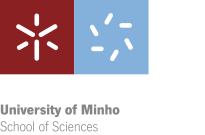
The mission of the
Centre of Physics is to develop cutting edge research both in fundamental and applied areas, and in particular in interdisciplinary fields in interaction with Materials Engineering, Biology, Chemistry, and Health Sciences. The Centre is committed with the training of post-graduate students and in outreach activities, as well as in application of its research output in industry. In general terms, the Centre develops its research in 4 areas of Physics and Materials Science:
1) Condensed Matter Physics (experimental, theoretical and computational)
2) Molecular Physics and Biophysics (experimental and computational)
3) Nanomaterials: Production, Physics, and Applications (experimental and computational)
4) Optics and science vision (experimental, computational)
At present, there are some 30 research laboratories In the Centre.
The Centre is a part of the Research Unit “Centre of Physics of Minho and Porto Universities” (CF-UM-UP), funded by FCT and evaluated as Very Good in 2019. Strategic research lines of CF-UM-UP are the following:
(i) Assessment and Enhancing Visual Performance;
(ii) Physics of Quantum Materials and Bionanostructures;
(iii) Functional and Smart Materials and Surfaces for Advanced Applications;
(iv) Quantum Physics and Fields in High Energy and Condensed Matter Theory.
Further information http://www.cf-um-up.pt/ 

